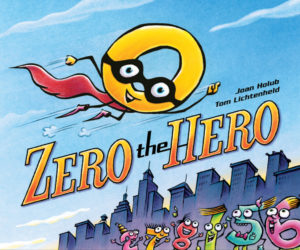 Why I Picked It Up: We are very into superheroes in our house right now. I found Zero the Hero while browsing at the library and since it had a with the cape on the front, I ran it by my 4-year-old. He decided numbers could be superheroes too, and that we should check it out.
Why I Picked It Up: We are very into superheroes in our house right now. I found Zero the Hero while browsing at the library and since it had a with the cape on the front, I ran it by my 4-year-old. He decided numbers could be superheroes too, and that we should check it out.
Why I Finished It: I’m not sure exactly what I expected from Zero the Hero, but as we started to read, I was completely hooked! Math is not one of my natural gifts, but I was really impressed with how the concepts were presented in this book. At the beginning of this school year, my son’s teacher was telling me about how zero (nothing) is a tough concept for her class to grasp. While I know my son is too young to fully grasp the idea of “zero” and how it functions in the realm of higher order operations like multiplication and division, I felt like Zero the Hero provided very concrete examples of this abstract concept. He definitely understood the addition and subtraction examples, and since the whole premise of the story hinges on the multiplicative properties of Zero, he was able to at least have a basic understanding of what happens when you multiply things by zero.
Also, I’ve been learning a lot about play and learning lately, and this book seemed to completely exemplify that idea – anthropomorphized numbers! The illustrations are captivating! They are full of imagination and wit, and you could spend a great deal of time just studying them for the math/number puns and additional math concepts that are conveyed.
Who I Would Give it To: Math teachers who are brave enough to do a read-aloud during math instruction! Elementary teachers who are self-contained and are looking for a way to double-dip in math and language arts since those two subjects that don’t typically lend themselves to integration.
Integration Ideas
Theme
Yes, this math book has a theme – identity! Throughout Zero the Hero, Zero is on a quest to discover who he is and how he fits into his world. He is learning about his qualities (good and bad) and eventually learns that “with great power comes great responsibility.” Zero is able to wield his powers for good, operate in his strengths, and is able to save his friends.
Other books with a similar theme of accepting who you are and how you were made:
- Carnivores by Aaron Reynolds (Lit Fuse review here)
- Not Quite Narwhal by Jessie Sima
- Tacky the Penguin by Helen Lester
- Giraffes Can’t Dance by Giles Andreae
RAFT Writing
RAFT writing is a creative way to have students think about their role as an author, who their audience is, and how to organize their writing. The R stands for ROLE of the writer. In other words is the write a young kid, a plant, a famous historian, etc. The A stands for the audience. Are the students writing to a friend? An adult? An enemy? The F stands for the format. This to me is the genre. Are the students writing a speech, a letter, an expository piece, etc? The T stands for the topic. This means, what are they writing about? What is the content or the point of the piece?
An example for numbers might be:
Role – The number Zero
Audience – Whole numbers
Format – Persuasive Speech
Topic – Why they are important
Check out other examples from WritingFix (click on “build a raft” for the subject you wish)
Have the students pick another number and think about its properties, what makes it unique, and then write a letter to the other letters persuading them that it should be considered a hero as well.
One page in the book features several numerals lamenting their own personal issues of identity:
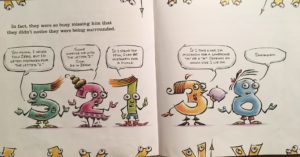
Students could take any of these numbers and explore it as a character in a RAFT writing exercise!
Math Concepts
While I’m not a “math person,” I did notice quite a few math concepts that were mentioned or alluded to, including:
- Operations – addition, subtraction, multiplication, division
- Place value
- Rounding
- Odd/even
- Roman numerals
There are so many ideas in here, we would love to hear how our math friends have used this story!



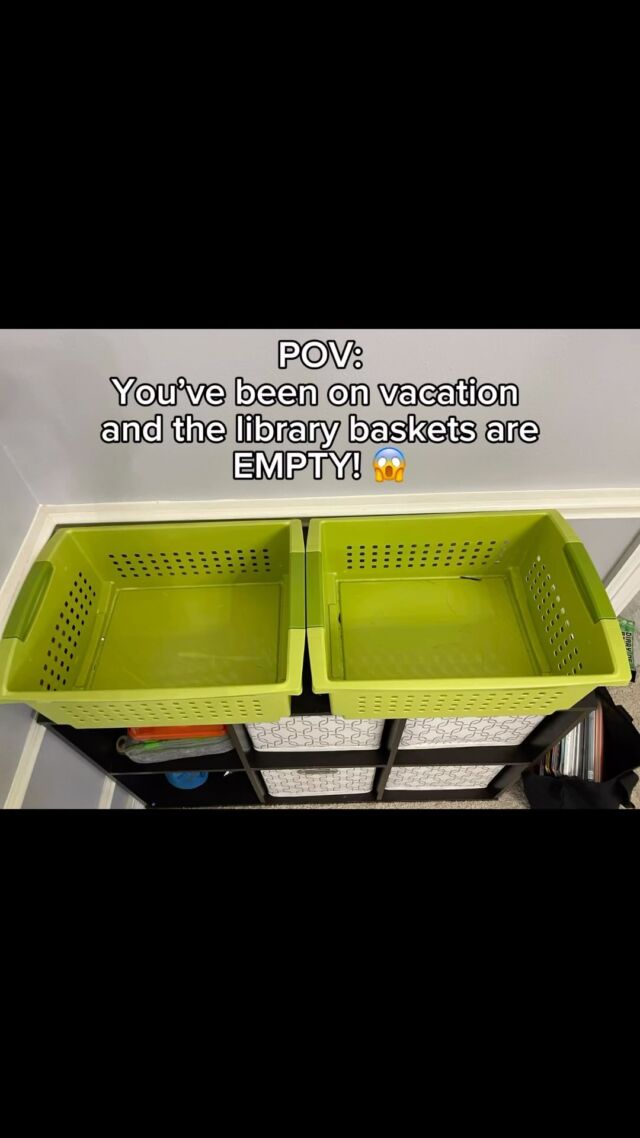
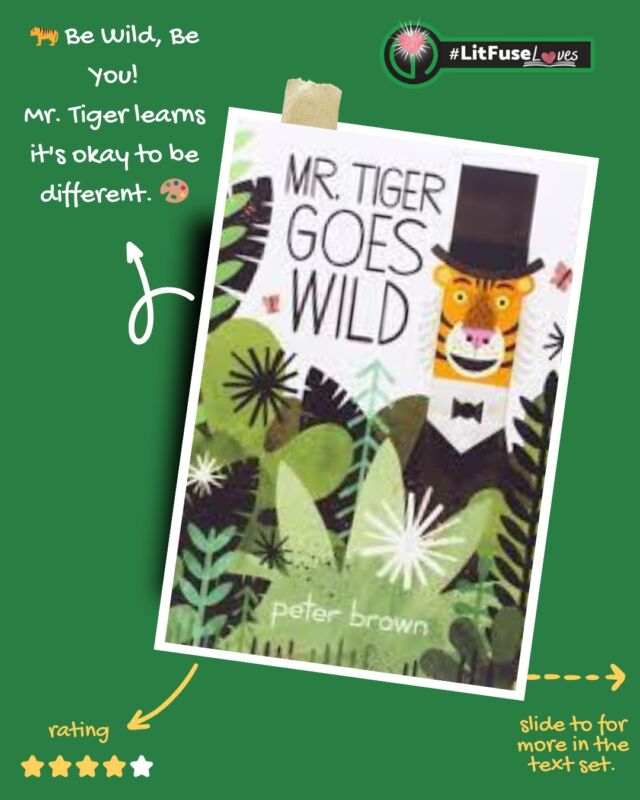
 Building Bridges: Creating a Text Set on Frie
Building Bridges: Creating a Text Set on Frie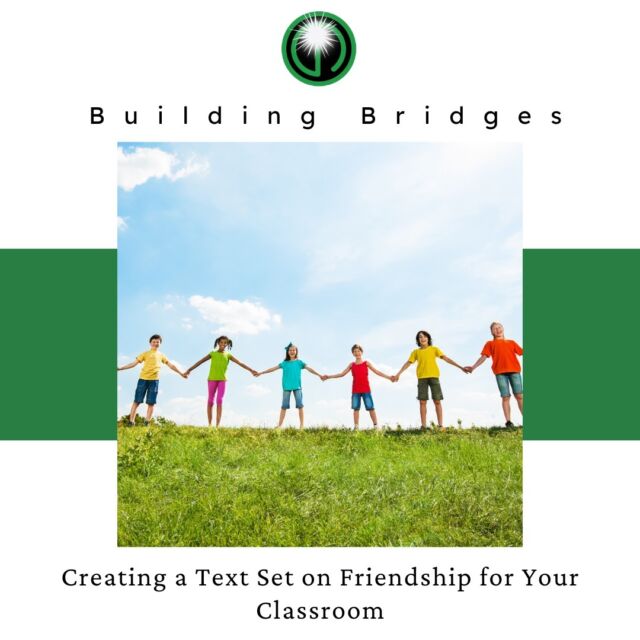
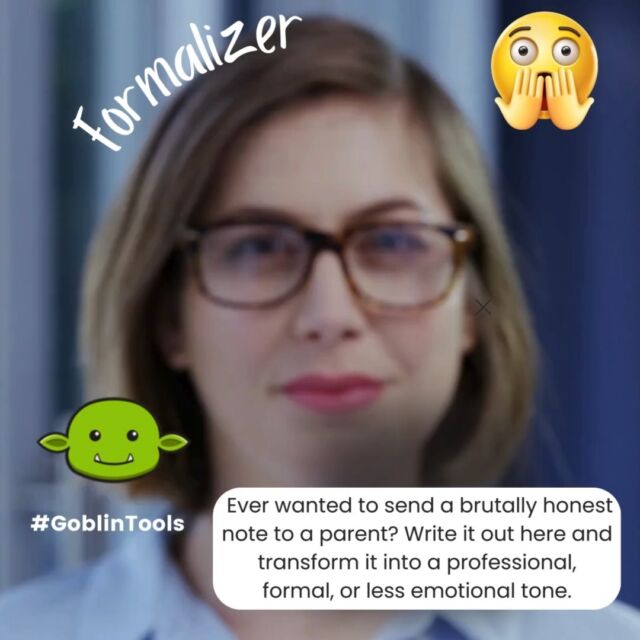
 Hey, amazing educators!
Hey, amazing educators! ![🌟 Hey, amazing educators! 🌟 Ready to kick off the school year with an engaging unit on rules and laws? 📚✨
We’ve picked some fantastic books to help your students understand why rules matter and how they shape our world. Check out these gems:
1️⃣ What If Everybody Did That? - Discover the hilarious and important reasons why rules matter.
2️⃣ Seven Rules You Absolutely Must Not Break If You Want to Survive the Cafeteria - Navigate the cafeteria with essential do's and don'ts.
3️⃣ A Bike Like Sergio's - Explore honesty and making the right choices.
4️⃣ Chairs on Strike - Learn about respecting classroom rules in a fun way.
5️⃣ Do Unto Otters: A Book About Manners - Embrace the Golden Rule with our otter friends.
🌟 Want more hands-on activities, vocabulary tips, and detailed descriptions of these books? Head over to our blog post for the full text set and loads of interactive teaching ideas! 🌟 [Link in bio]
💬 We’d love to hear your thoughts! Drop a comment below with your favorite book or share your own ideas on teaching rules and laws. Don’t forget to like and share this post with your fellow educators! Let’s make learning fun and meaningful together! 💖📖
#LiteracyAndLearning #RulesAndLaws #ElementaryEducation #BookRecommendations #ClassroomTips #EngagingLearning #StudentSuccess #TeacherResources](https://literaryfusions.com/wp-content/uploads/sb-instagram-feed-images/448980028_389914004085978_6215087207340322911_nfull.jpg)
 Exciting Book Review Alert!
Exciting Book Review Alert! ![📚 Exciting Book Review Alert! 📚
Hey there, book lovers and educators! 👋 We're thrilled to share a captivating book review that has us buzzing with inspiration. 🤩📖
📖 Book: "The Girl in the Red Skirt" by Lucy Cooley
📝 Review: [Link in Bio]
🌟 Rating: ⭐⭐⭐⭐⭐
In our pursuit of enhancing literacy and technology best practices in classrooms, we're always on the lookout for stories that ignite a love for reading and learning. "The Girl in the Red Skirt" is a must-read that masterfully combines the art of storytelling with an enchanting narrative.
📚 Review Highlights:
🔥 Gripping narrative that keeps you turning pages
🧠 Thought-provoking themes perfect for classroom discussions
💡 High level vocabulary
🙌 Empowering young minds through literacy
Swipe to catch a glimpse of the review or click the link in our bio to dive deeper into this literary gem. 📲💫
Educators, if you're looking for engaging material to inspire your students, this book is a fantastic addition to your reading list. 📚🍎
Let's transform the future of education together! 💡 If you're interested in our education consultancy services, feel free to reach out. We're here to help schools create enriching learning environments. 🏫👩🏫👨🏫
#LiteracyMatters #TechnologyInEducation #BookReview #EducationConsultants #ClassroomInnovation #TheGirlInTheRedSkirt #InspireLearning #ReadAndGrow #EducationForTheFuture](https://literaryfusions.com/wp-content/uploads/sb-instagram-feed-images/382394110_283049717946553_1109139895454642258_nfull.jpg)
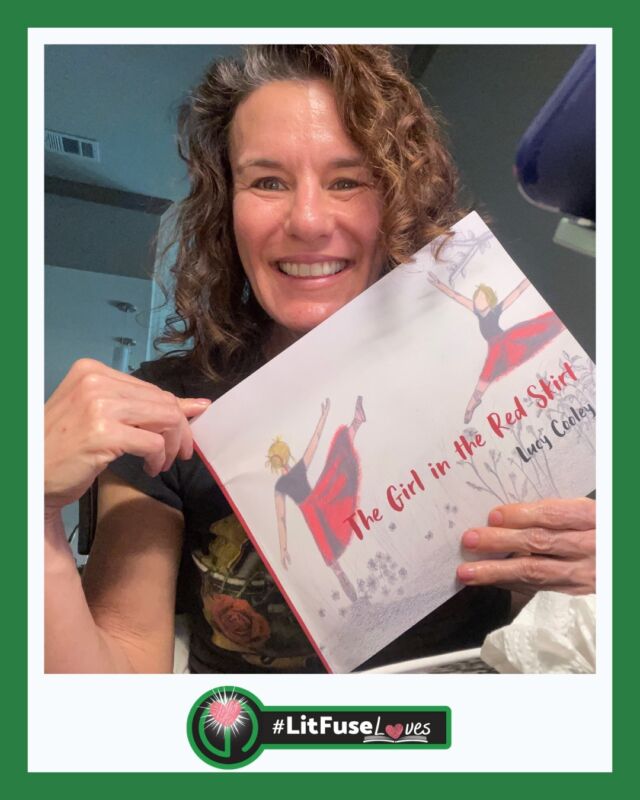

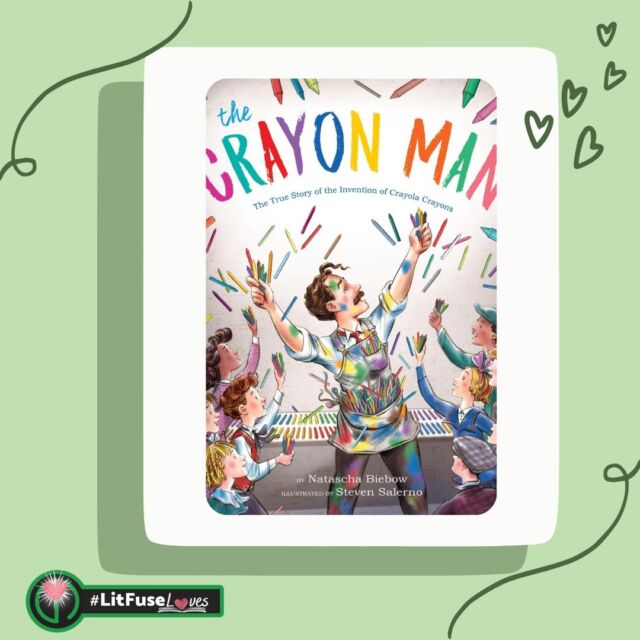





Leave a Reply